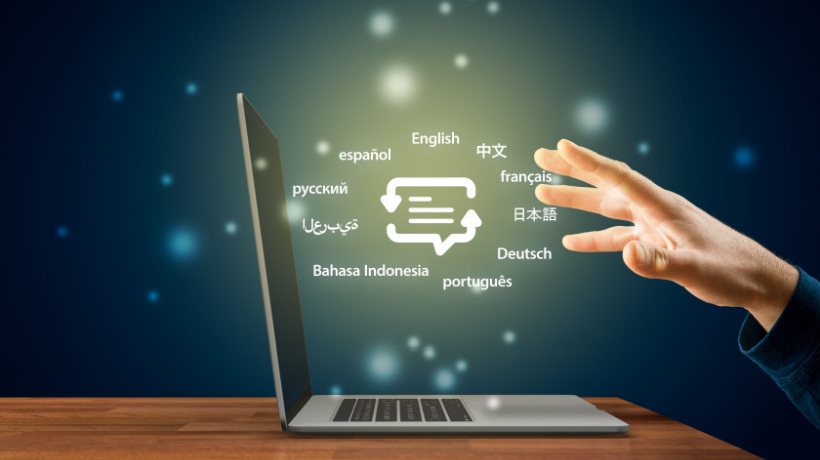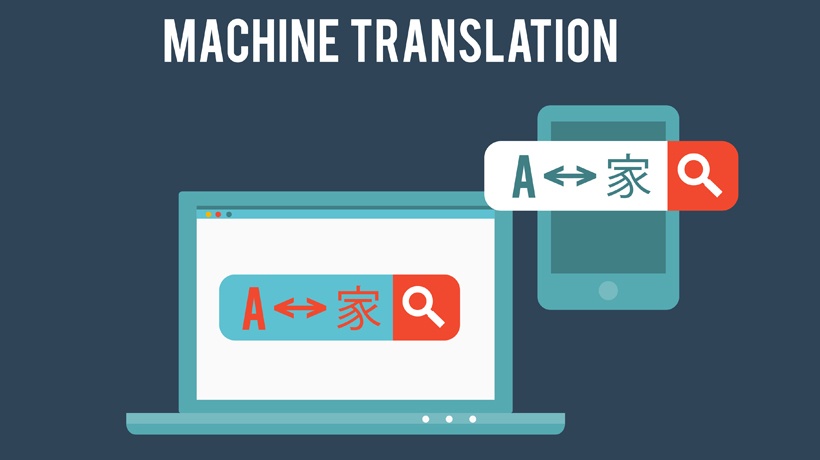Explore Generative AI-Based Automated Translation
In today's digital age, communication knows no bounds. Thanks to modern technologies like AI-based automated translation that are revolutionizing the way translated eLearning content is developed, delivered, and utilized.
This powerful technology employs sophisticated algorithms and Machine Learning techniques to decipher and translate learning content with utmost speed and accuracy. It holds the potential to break down linguistic barriers, foster cross-cultural exchange, and propel globalization to unprecedented heights.
This article is all about exploring the capabilities of generative AI-based automated translation and how it can shape the future of eLearning. We will walk you through its significant capabilities and how you can make the most out of them. So, let's start.

Advancements In Generative AI-Based Automated Translation
Generative AI-based automated translation has witnessed major advancements in recent years. These advancements have been driven by the continuous improvement of generative AI technologies, like Natural Language Processing (NLP), Machine Learning (ML), language models, and neural networks.
Facebook AI introduced M2M-100, an innovative multilingual machine translation model capable of translating between any combination of 100 languages, eliminating the need for English data. They have also built a groundbreaking speech-to-speech translation system for Hokkien, a predominantly spoken language among the Chinese diaspora.
Recently, Samsung Electronics showcased award-winning machine translation at the Workshop on Machine Translation, one of the biggest events for machine translation research. Their team won the first prize for improving domain-specific translation performance by incorporating soft-constrained terminology translation for the biomedical domain.
On the other hand, DeepL, a startup that provides instant translation-as-a-service to enterprises and independent vendors, raised $100 million at over a $1 billion valuation. This funding focuses on deep learning, language modeling, and introducing new services, such as a Grammarly-style monolingual (same-language) writing improver.
Harbinger leveraged AI for translation, transcription, and closed captioning as part of its effort to transform raw footage into high-end videos for virtual learning. Our solution helped the largest global insurance provider efficiently deliver videos in multiple languages, launch a virtual training program, and support their sales team worldwide.
7 Ways To Benefit From AI-Based Automated Translation
AI-based translation enables businesses to expand internationally, reaching a broader audience and driving economic growth. How? By catering to diverse eLearning use cases. Let's understand some of them in detail to give you a better idea.
1. Customer-Specific Content Translation
With AI-powered translation, eLearning platforms can cater to specific customer needs by delivering tailored content. The process involves sophisticated customer profiling and segmentation to map out dynamic customer journeys. This can prioritize individual preferences, language backgrounds, and cultural nuances to create a more inclusive and engaging educational environment for customers.
2. Translation Of eLearning Courses
AI-based automated translation streamlines the translation of eLearning courses. It efficiently converts content from one language to another, making educational resources accessible to the target audience, irrespective of linguistic diversity. It converts text, audio, video, and multimedia elements within the eLearning course while preserving the context and maintaining accuracy.
3. Automated Multilingual Translation
AI-driven translation can automate the process of translating learning content into multiple languages. It can translate documents into different languages and formats like Docx, PPTx, XLSx, and PDF without compromising document formatting.
It uses novel mining strategies and multilingual machine translation techniques to reflect a more diverse script of languages and morphology. It can enable quick dissemination of knowledge across various regions and expand learning materials' reach to a broader, diverse audience.
4. Translation For Localization And Globalization
AI-driven translation technology can accurately and contextually translate text, graphics, and multimedia elements to cater to the local language and cultural sensitivities. Utilizing its capabilities to translate content at scale, eLearning platforms can allow translation of on-demand assets. This can rapidly extend their reach to global markets.
5. AI-Powered Audio And Video Translation
AI can seamlessly translate audio and video content in eLearning modules to ensure a seamless multimedia-based learning experience. This can include AI-based audio-to-video translation and vice versa, automatic face-to-face video translation with lip movement synchronization, translation of text in static video images, and automated voice-based video translation and dubbing.
For instance, businesses can expand the scope of their webinars, product demos, training sessions, and live videos across the globe. On the flip side, learners can have the privilege to listen to translated audio, read translated subtitles, view captions in the same language, or access full transcripts of the content in real time.
6. Translation From Authoring Tools
AI-based automated translation technology can be easily integrated into popular authoring tools like Adobe Captivate, Articulate Storyline 360, and dominKnow One. This can help businesses generate eLearning courses and corporate training material in their native language and automatically translate them into desired languages, saving time and resources.
7. AI-Based Translation For Accessibility
AI-driven translation significantly contributes to the accessibility of eLearning content. It facilitates sign language translation, simultaneous machine interpretation, documentation created from audio and video, text-to-speech translation and vice versa, live translation and transcription, and multiplatform language interpretation and translation.
As an illustration, businesses can translate documents into various formats, incorporating accessibility features. They can create PDF documents accessible to the blind population, allowing them to be read using specialized software.
6 Steps To Enable AI-Based Automated Translation
Enabling AI-based automated translation can be challenging. However, with a few critical considerations, you can maximize business outcomes like never before. Here's a guide to get you started.
1. Define Translation Preferences
Translation preferences refer to the specific choices and settings to translate eLearning content. These preferences are influenced by various factors, including the target audience, context, cultural considerations, language variants, localization norms, type of translation, desired format, and the intended impact of the translated material.
2. Choose The Right Translation Partner
Select a reliable partner offering AI-based learning solutions or having hands-on expertise in combining the power of AI and eLearning content development. You need to collaborate with a solution provider that has the potential to cater to the above-mentioned use cases. Your chosen company should offer a range of AI-based automated translation services while maintaining high translation quality and accuracy.
3. Consider API Integration
Allow seamless integration of APIs into your eLearning platform or content management system. This will help you connect your online learning platform with the translation service and enable automated translation features and functionalities.
4. Ensure Data Security And Compliance
You need to prioritize data security and comply with relevant privacy regulations when integrating AI-based automated translation services. This will help ensure that sensitive content and user data are handled securely.
5. Post-Editing And Quality Assurance
It's essential to have a post-editing and quality assurance step to ensure the accuracy and cultural appropriateness of AI-powered translation. Moreover, human review and feedback can fine-tune translations to better suit the target audience.
6. Monitor And Improve
You need to continuously monitor the AI-based translation system's performance and collect user feedback to identify areas for improvement. Regularly update the AI model with new data and feedback to enhance translation quality over time.
End Note
As AI-based automated translations continue to evolve, it is crucial to navigate the ethical considerations surrounding their use. Striking a balance between translation efficiency, content accuracy, and cultural diversity is imperative. Additionally, collaboration between AI and human translators can enhance the quality of translations and provide a more holistic approach to eLearning.
If you want to take full advantage of AI-based automated translation to enable translations at scale and expand your reach, write to us. Our eLearning and technology experts would be more than happy to help you achieve your desired goals.










